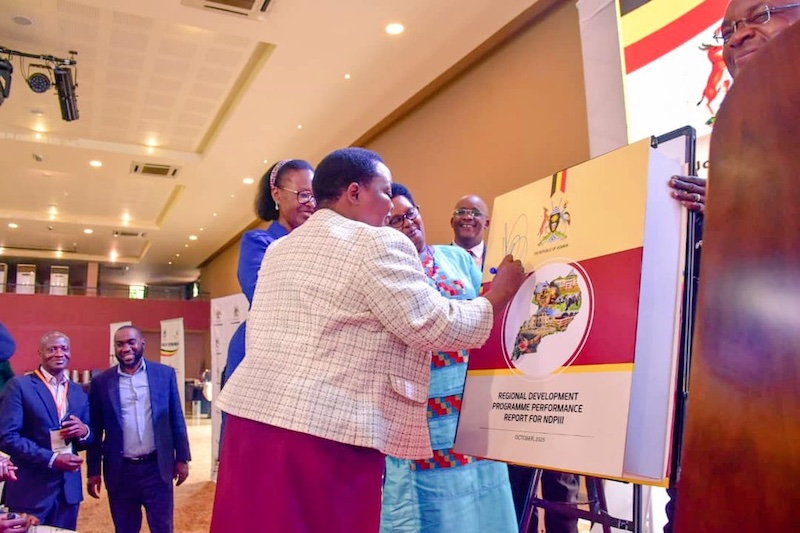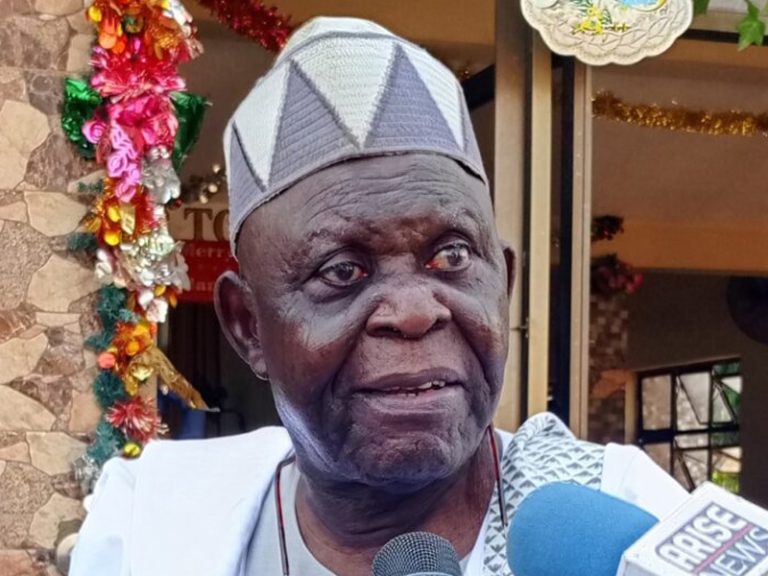
At the lakeside Speke Resort in Munyonyo, Prime Minister Robinah Nabbanja told ministers, donors and local leaders, “Uganda’s main challenge is not the absence of growth.” She said, “It is the unevenness of it.”
The statement, delivered at the first Joint Regional Development Programme Annual Review Workshop, was part reflection, part rallying cry.
Nabbanja’s message was clear: Uganda’s development story will remain incomplete until the fruits of progress reach every region, from the bustling suburbs of Wakiso to the drought-hardened plains of Karamoja.
Over the past decade, Uganda has posted respectable growth figures. But beneath those numbers lie deep disparities, between the industrial south and the impoverished north, between urban expansion and rural stagnation.
Nabbanja acknowledged those inequalities bluntly.
“Regional disparities remain, particularly in Karamoja, northern Uganda, and parts of eastern Uganda,” she said.
“They are reflected in unequal access to healthcare, education, and economic opportunities.”
The government, she added, had allocated 3.7 per cent of the national budget to regional development, part of a broader effort to make decentralisation more than just a policy slogan.
“We have devolved decision-making power and resources to local governments,” she said, “but more must be done to make that power meaningful.”
At the heart of Nabbanja’s remarks was the government’s flagship Parish Development Model (PDM), a programme designed to move households from subsistence to the money economy.
By June 2025, she noted, Shs 3.3 trillion had been transferred to more than 10,500 parish savings and credit groups, reaching 2.6 million beneficiaries. Another Shs 1.059 trillion has been earmarked for the current financial year.
“The PDM is changing lives,” she said. “It is boosting household incomes, enhancing food security, and creating jobs.”
The plan, she said, is to lift the remaining 33 per cent of Ugandan households still trapped in subsistence living, a goal anchored in the ruling party’s 2026–2031 manifesto and the forthcoming National Development Plan IV (NDP IV).
Under NDP IV, Uganda’s next development blueprint, the government is betting on four high-growth sectors, agro-industrialisation, tourism, minerals and oil, and science and innovation, to drive what Nabbanja called the “Tenfold Growth Strategy.”
“The goal is sustainable industrialisation for inclusive growth,” she said. “We must create jobs, add value to what we produce, and connect regions through roads, energy, water, and ICT.” But her speech also carried an undercurrent of realism.
“We cannot talk about industrialisation,” she warned, “without addressing the basics; roads that connect farmers to markets, schools that keep children learning, and hospitals that can serve every Ugandan with dignity.”
Nabbanja also spoke about equity. “Our goal is to ensure fair distribution of investments and infrastructure,” she said. “No region, no community, should feel left behind.”
She promised continued affirmative action for lagging regions and refugee-hosting communities, as well as salary enhancements for local government staff to improve service delivery.
And she called for stronger public-private partnerships, especially those promoting youth employment, women’s empowerment, and social protection for vulnerable groups. Local governments, she said, would be supported to develop “integrated regional development plans,” build administrative offices, and improve transparency.
“We must strengthen accountability in every parish and every district,” she urged. Amid the talk of growth and infrastructure, Nabbanja also turned to the environment, a concern that looms large over Uganda’s development ambitions.
“Climate resilience remains a pressing concern,” she said, citing drought-prone regions like Karamoja and eastern Uganda. “We must invest in adaptive technologies, water harvesting, and climate-smart infrastructure to safeguard livelihoods.”
For all its optimism, Nabbanja’s address hinted at the tightrope her government walks, balancing ambitious targets with fiscal constraints, and political promises with public expectations.
“We are committed to ensuring that the fruits of development reach every corner of Uganda,” she concluded. “So that no one is left behind.”



